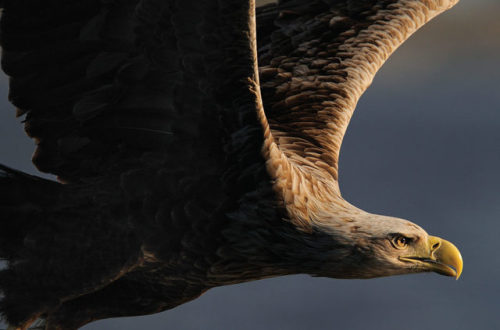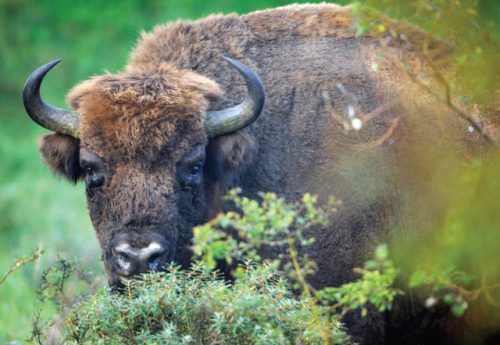#staffan widstrand
“The wild is really good for us human beings. Of course we need to preserve biodiversity for its own sake, but we also need the wild for our own. Without it, our lives become boring, more dangerous and more shallow Many people resonate with this, because they have experienced for themselves the value of simply walking in nature, how you return feeling refreshed, how your thinking is clearer and you are more balanced. This shift in attitude is reflected in language: fifty years ago, “wild” had negative connotations, now they are largely positive.” —Staffan Widstrand on bringing back the glories of the wild from our summer issue.
Read the conversation here.
Pictured:White-tailed eagle, Haliaeetus albicilla, a species once destined for extinction due to persecution, prejudice, pesticides, and chemicals but which since the 1970s has staged remarkable comeback across large areas in Europe.
Post link
“I remember seeing my first truly wild forest, an untouched old-growth forest in Sweden. That was a spiritual meeting for me. Not religious, but spiritual. Suddenly I came into a forest where the trees were ten times as wide, or five times as wide as I had ever seen, and twice as tall. A bit like coming into a cathedral or temple, it demands your awe, your respect. You come in and you get humbled, you get little. And this is of course what churches are designed for, to make you humble. The forest is a cathedral that is not designed by man, but by the forest itself."
—Staffan Widstrand on bringing back the glories of the wild from our summer issue.
Read the full conversation here.
Pictured: European bison bull, by Staffan Widstrand
Post link


